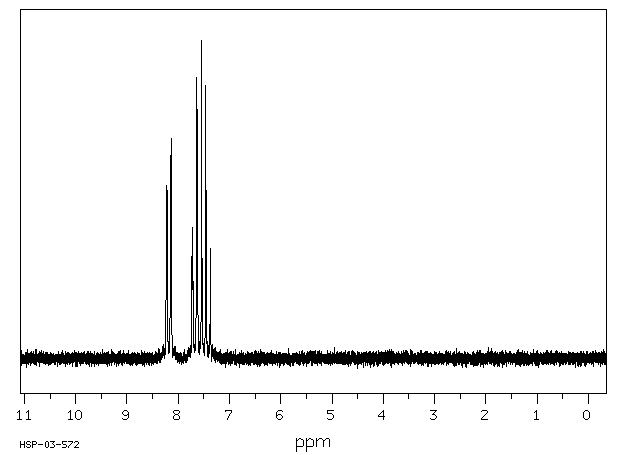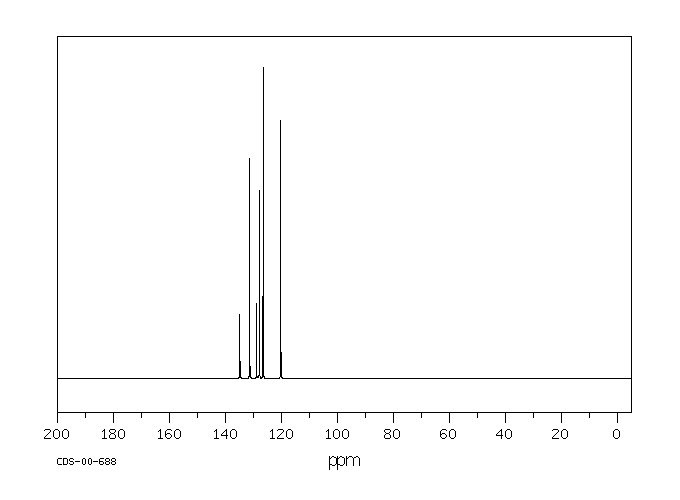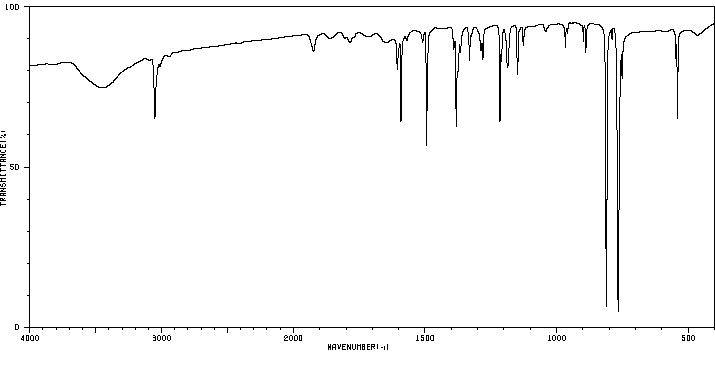代谢
对弱致癌物苯并(a)芘的代谢进行了研究,并将其与非致癌烃类物质包括苯并(e)芘、芘、菲、蔻酮、三苯乙烯和perylen的代谢进行了比较。雄性Sprague-Dawley大鼠皮下注射了这些多环芳烃的0.4 uM剂量。HPLC和MS的结果表明,在大鼠皮下组织中观察到苯并(a)芘发生生物烷基化和生物氧化反应。其他测试的化合物在体内没有表现出可检测的生物烷基化反应。这些结果与苯并(a)芘的致癌活性以及所研究的其他化合物的非致癌潜力一致。数据表明,非功能性致癌芳香烃的代谢激活是由于分子中高度反应性的meso-蒽中心引入了烷基团。需要进一步的研究来确定生物烷基化反应是否可以用作非功能性多环芳烃致癌活性的通用探针。
An investigation of the metabolism of the weak carcinogen, benz(a)anthracene, was compared to that of a group of noncarcinogenic hydrocarbons including benzo(e)pyrene, pyrene, phenanthrene, coronene, triphenylene, and perylene. Male Sprague-Dawley rats were administered sc 0.4 uM doses of these polynuclear aromatic hydrocarbons. Results from HPLC and MS demonstrated that benz(a)anthracene was observed to undergo bioalkylation and biooxidation reactions in rat sc tissue. The other compounds tested did not demonstrate detectable bioalkylation reactions in vivo. These results were consistent with the carcinogenic activity of benz(a)anthracene and the noncarcinogenic potential of the other compounds examined. The data indicated that the metabolic activation of nonfunctional carcinogenic aromatic hydrocarbons was due to the introduction of an alkyl group in a highly reactive mesoanthracenic center in the molecule. Further investigation is necessary to determine whether the bioalkylation reaction can be used as a general probe for the carcinogenic activity of nonfunctional polynuclear aromatic hydrocarbons.
来源:Hazardous Substances Data Bank (HSDB)










